Christmas Night
Twas the night before Christmas when all through the house
No electrons were flowing through even my mouse.
All devices were plugged in by the chimney with care
With the hope that St. Nikola Tesla would share.

Twas the night before Christmas when all through the house
No electrons were flowing through even my mouse.
All devices were plugged in by the chimney with care
With the hope that St. Nikola Tesla would share.

TerraPower announced this week that it has awarded the major manufacturing contracts for its Natrium plant reactor enclosure system.
These vendor awards help advance deployment and commercialization of what the company is calling “America’s first advanced reactor,” according to TerraPower’s press release. The news is also a major milestone in establishing the advanced nuclear supply chain, the company added.

DeWine
State legislation that designates nuclear power as “green energy” and expands oil/natural gas hydraulic fracturing (fracking) leases on state land was forwarded this week to the desk of Ohio Gov. Mike DeWine. The Republican governor has 10 days after receiving House Bill 308 to either sign it into law or veto it. A “green” designation would imply state recognition that nuclear energy causes no harm to the natural environment.
Pro arguments: In its coverage of the bill, Spectrum News quoted Greg Lawson, a research fellow at the Buckeye Institute, as defending nuclear energy. “Nuclear energy is zero carbon emission, and from that standpoint, it certainly addresses a lot of the concerns that folks have when they’re concerned about what happens to the climate. . . . Right now, Ohio is facing a real challenge. We’ve got a lot of data centers coming into Ohio. This is a massive issue. These things consume just incredible amounts of electricity,” Lawson said.
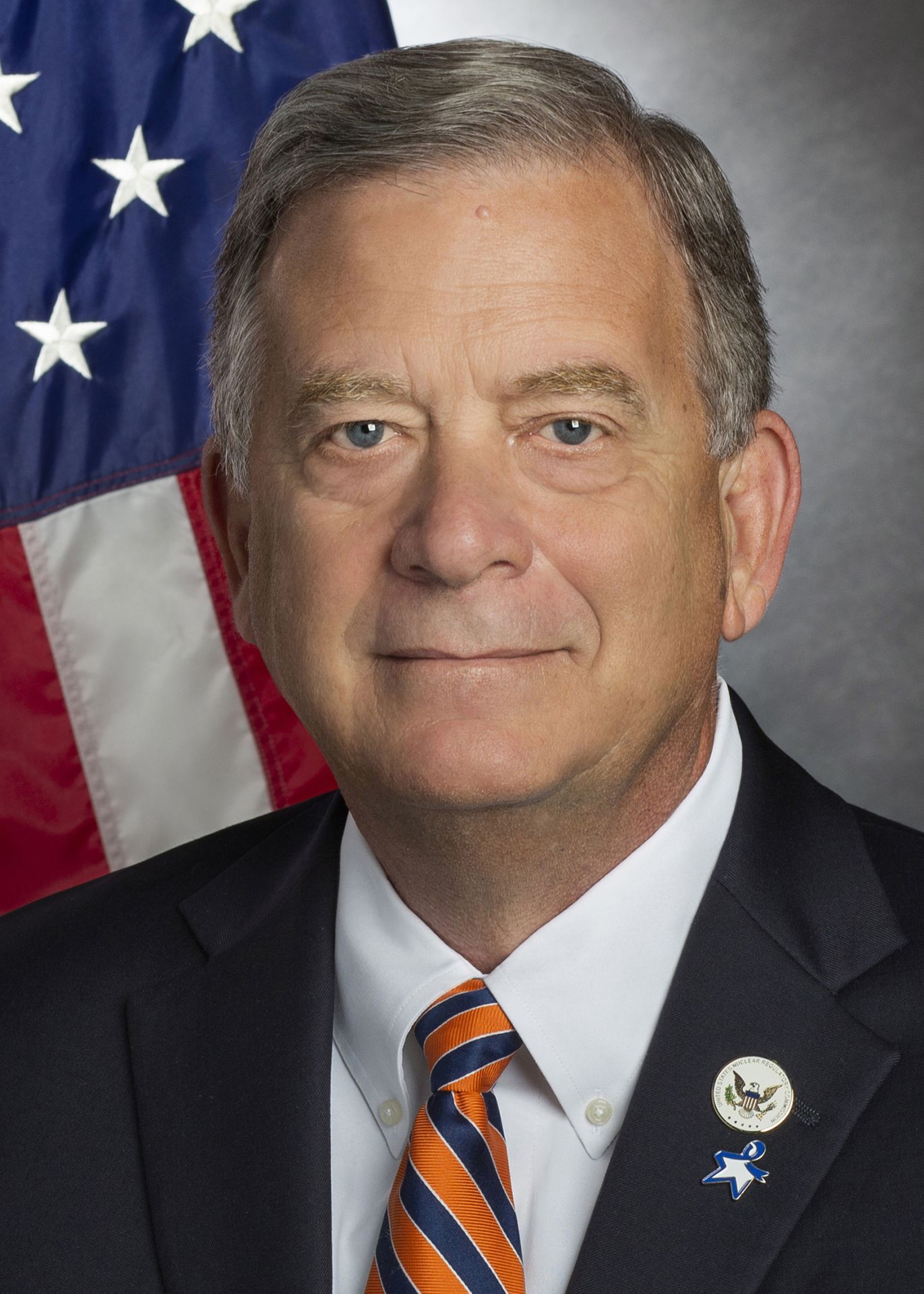
David Wright
There is a modern-day parable that NRC commissioner David Wright likes to reflect on from time to time, the story of a janitor on a mission. On a visit to NASA in the 1960s, or so the story goes, amid all the action and excitement and VIPs, President Kennedy stopped a janitor who was pushing his broom down the hallway. Kennedy asked the man what he was doing and he said, “Well, I’m putting a man on the moon.”
Wright believes people—all the people—are how jobs get done. And the people of the Nuclear Regulatory Commission have a very big job ahead of them. Whether it is meeting the requirements of the ADVANCE Act, bringing 10 CFR Part 53 closer to the finish line, or working with its counterparts in other countries toward climate goals and international agreements, the NRC is moving mountains, one sweep of the broom at a time.

Constellation is launching a pilot program that allows its Washington, D.C., customers to purchase 100 percent nuclear energy for their homes.
The National Nuclear Security Administration’s strategy for managing nuclear waste from nuclear weapons maintenance and modernization activities is not comprehensive and does not fully address all statutory requirements, according to a report by the Government Accountability Office.

Commonwealth Fusion Systems (CFS) has announced that it plans to build a fusion power plant, named ARC, at the James River Industrial Park in Chesterfield County, Va.—and that it expects to be the first company to make fusion power available at grid scale.
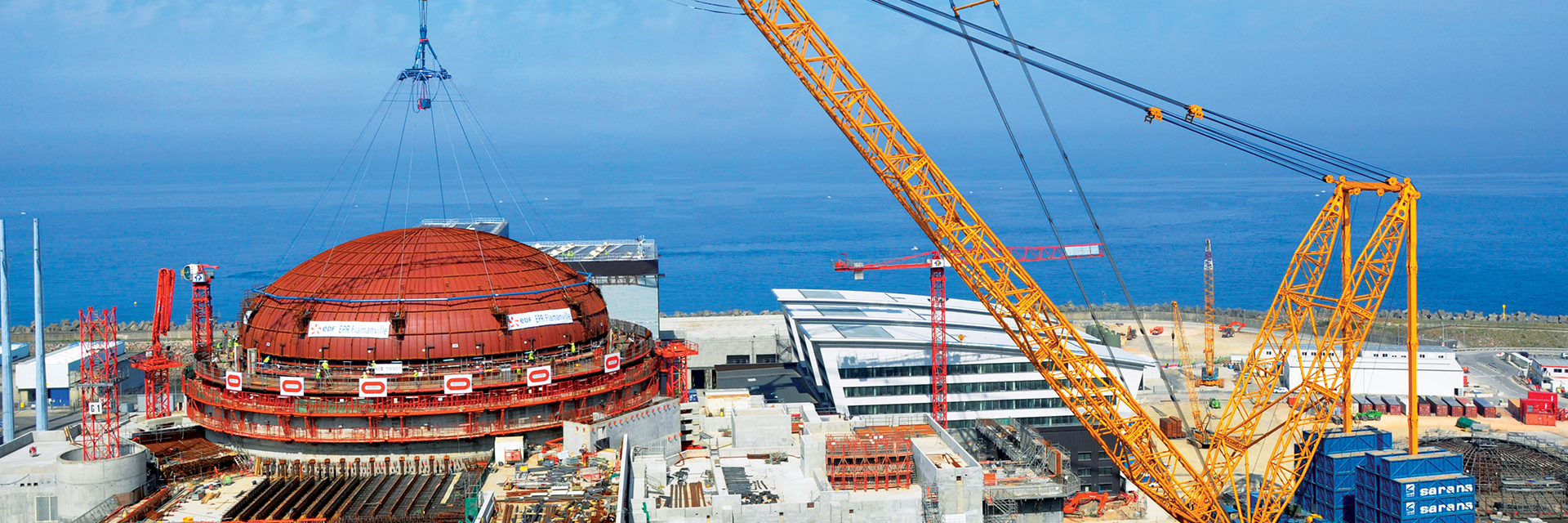
It's been another successful publishing year for the American Nuclear Society's Nuclear News, Radwaste Solutions, the online Nuclear Newswire, and the NN Daily newsletter.
For Nuclear News, below are the publishing themes for 2025.
If you have story ideas for any of these themes or for Radwaste Solutions, please contact Nucnews@ans.org.
BWXT Canada, a subsidiary of BWX Technologies, is partnering with Westinghouse Electric Company to build new nuclear projects in Canada and globally.
Comments on the rule are being accepted until February 28
The U.S. Nuclear Regulatory Commission will host two public meetings in early January to educate and field questions about a proposed rule to allow more flexibility in licensing nuclear plants.

NuScale Power Corporation this week announced the opening of its Energy Exploration (E2) Center at the Ohio State University in Columbus.

American start-up Last Energy has received a letter of interest from the Export-Import Bank of the United States (EXIM), confirming the bank’s willingness to move forward with due diligence for $103.7 million in financing for the company’s project in southern Wales.
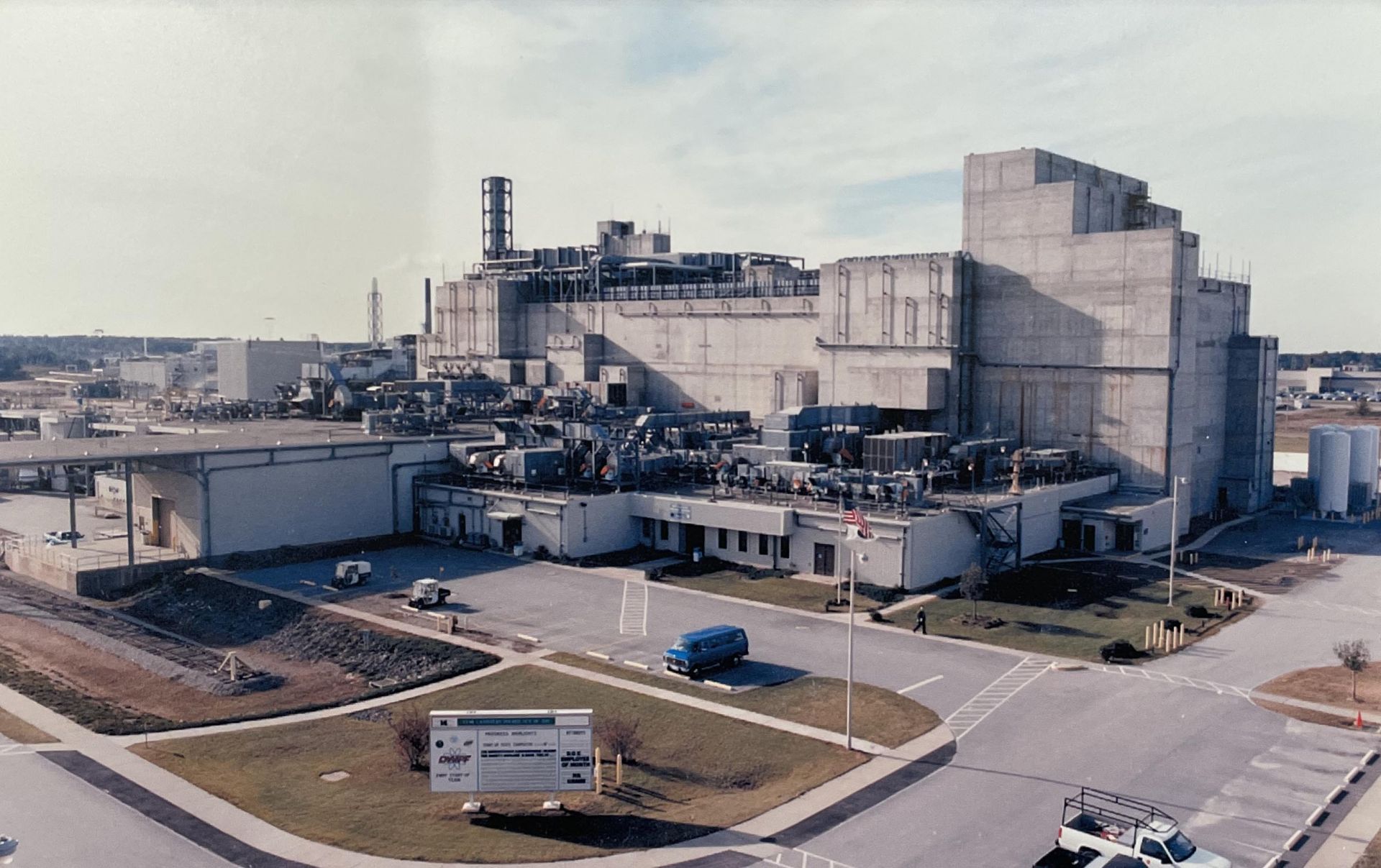
In 1989, the Savannah River Plant was renamed the Savannah River Site. It was originally established in 1950 near Aiken, S.C., to produce nuclear materials for the nation, primarily for defense purposes. The site consisted of a heavy water production plant, three fuel fabrication facilities, five production reactors, two nuclear separation facilities, waste management facilities, tritium processing facilities, and the Savannah River National Laboratory. The main isotopes produced were, by priority, tritium, plutonium-238, and plutonium-239.

Just one day after Urenco USA (UUSA) was picked by the Department of Energy as one of six contractors eligible to compete for future low-enriched uranium task orders, the Nuclear Regulatory Commission on December 11 formally approved the company’s license amendment request to boost uranium enrichment levels at its Eunice, N.M., enrichment facility to 10 percent fissile uranium-235—up from its current limit of 5.5 percent.
The following standards from the American Nuclear Society were published in 2024 and are available in the ANS Store:
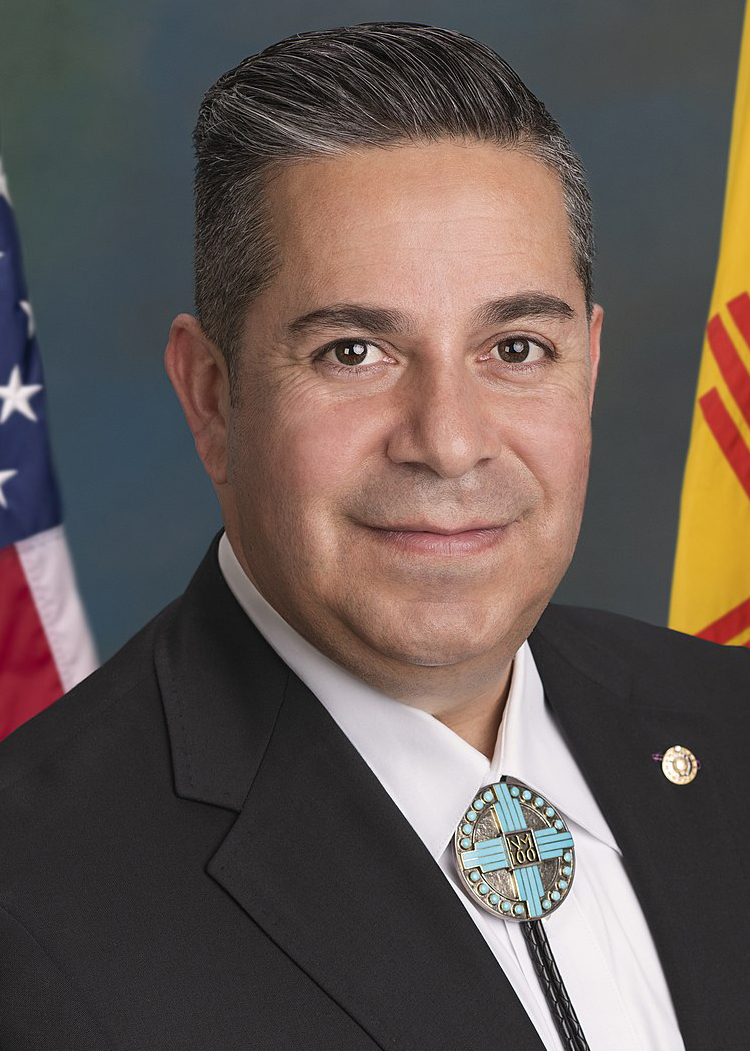
Lujan
Legislation that aims to leverage the best available science and technology of U.S. national laboratories to support the cleanup of legacy nuclear waste has been introduced in the Senate by Sen. Ben Ray Luján (D., N.M.).
The Combining Laboratory Expertise to Accelerate Novel Solutions for Minimizing Accumulated Radioactive Toxins (CLEAN SMART) Act, introduced on December 12, would codify and fund the Department of Energy to accelerate the development, demonstration, and deployment of breakthrough technologies and innovations for nuclear waste cleanup.
Legacy waste: Currently, the DOE’s Office of Environmental Management is responsible for the remediation of 15 legacy sites across the United States that hold nuclear waste from the Manhattan Project and the Cold War era. According to Luján, the cost to decommission these remaining sites continues to grow and is estimated to be nearly $700 billion, for a completion date near the end of the century.
Work to prepare Hanford’s Reduction Oxide Plant (REDOX) for decontamination and demolition has been put on hold as the Department of Energy shifts focus to higher-priority work at the nuclear site in Washington state.
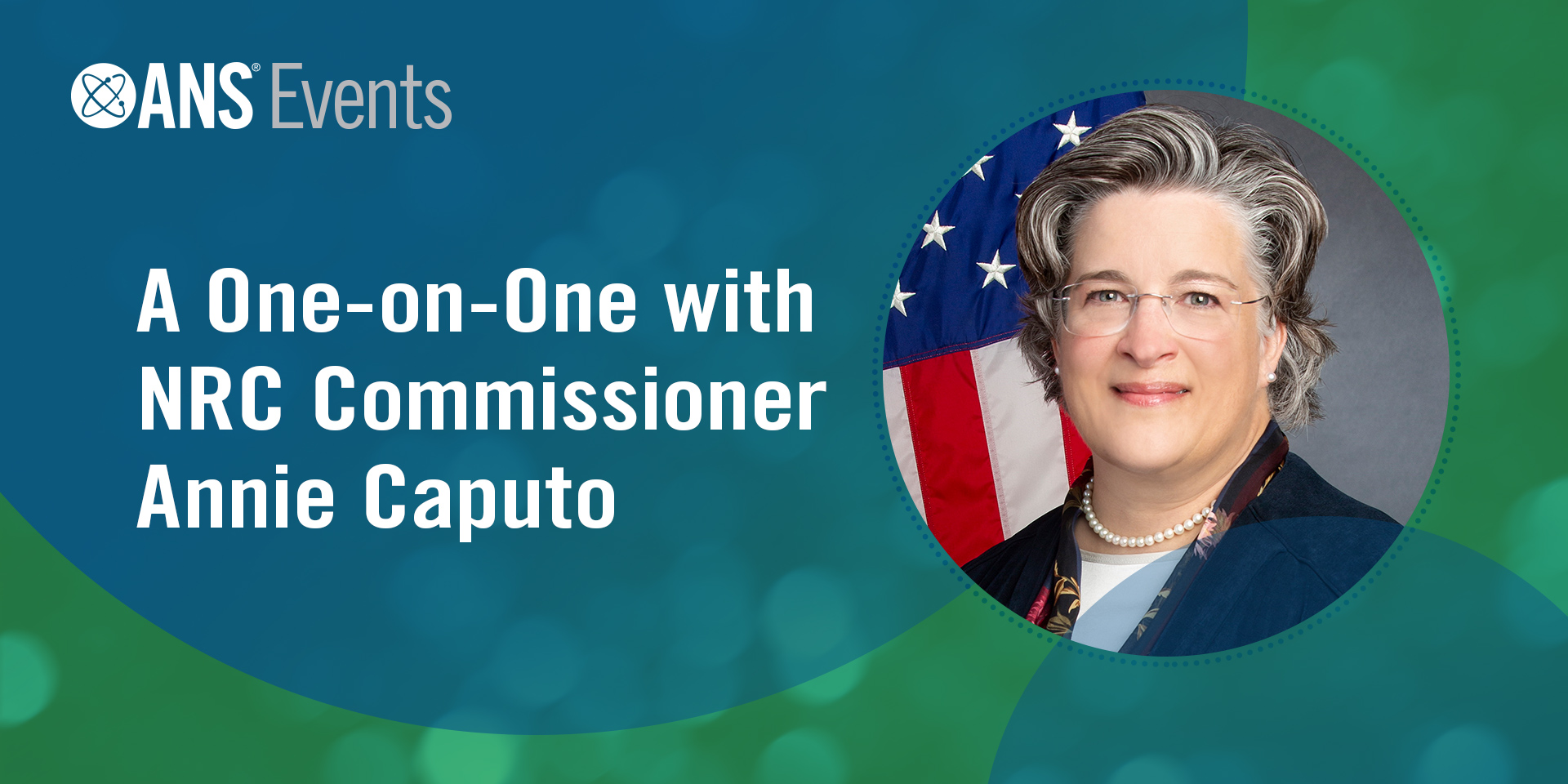
In a one-on-one interview with the American Nuclear Society’s chief executive officer/executive director Craig Piercy, Nuclear Regulatory Commission commissioner Annie Caputo shared her journey in the nuclear community and her vision for the future of nuclear energy.

Pointing to the consequences of ignoring the perils of nuclear weapons, Rafael Mariano Grossi at last week’s Nobel Peace Prize forum called for diplomacy and dialogue to reduce nuclear tensions.
Read Grossi’s full speech and watch his keynote address here.

Jay F. Kunze
We welcome ANS members with long careers in the community to submit their own stories so that the personal history of nuclear power can be captured. For information on submitting your stories, contact nucnews@ans.org.
I was born and raised in Pittsburgh, Pa. In 1959, I received my Ph.D. in experimental nuclear physics utilizing the 400-MeV synchrocyclotron at Carnegie Mellon University, involving measuring the scattering of pi-mesons from protons (as a liquid hydrogen target). I joined ANS in January 1960.
I later joined General Electric’s Aircraft Nuclear Propulsion project to build a nuclear jet engine at the National Reactor Testing Station at Idaho Falls (now Idaho National Laboratory). In January 1961, the U.S. Army’s experimental nuclear reactor SL-1 blew up, killing three army personnel. At first, the Air Force would not permit General Electric to take part in the cleanup, but after the Aircraft Nuclear Propulsion project was canceled by President Kennedy in March, GE took on the SL-1 disassembly and analysis project. I oversaw the analysis, which took nearly two years.